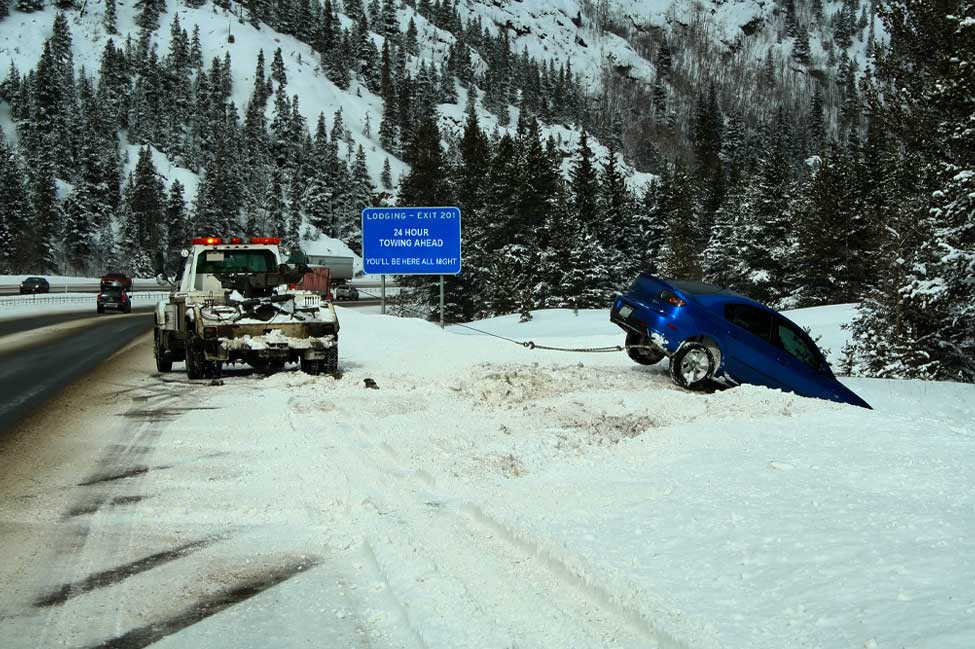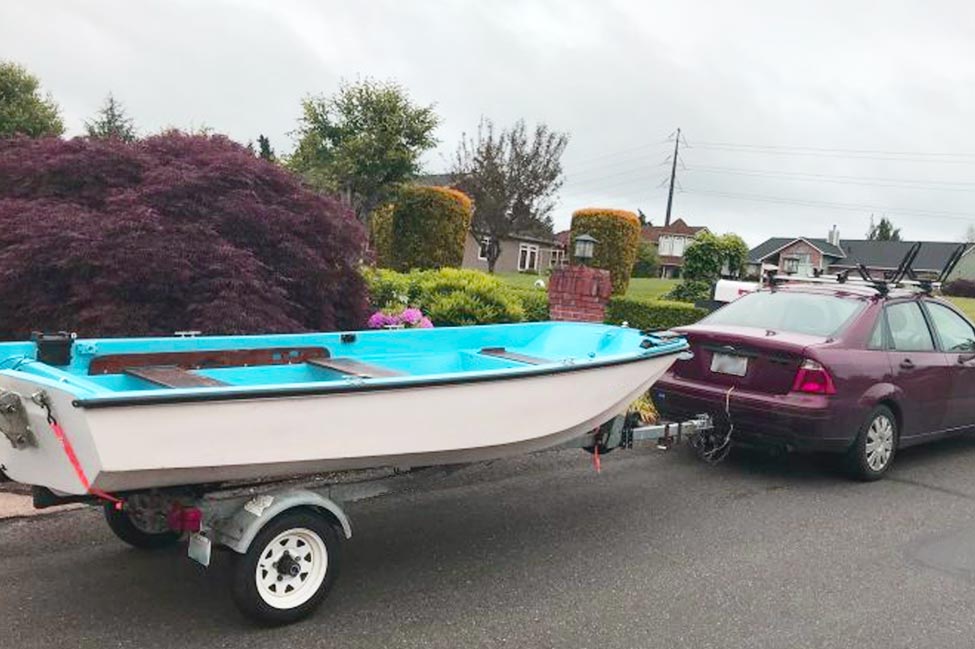To say that the towing business is hard is an understatement. The expectations placed on you are many. You must be trained, equipped, and available at a moment’s notice. You must carry five kinds of insurance and be licensed by every town, city, and state in which you operate. Your pockets must be deep enough to withstand hours and days of silence, waiting for the phones to ring. And you must be staffed up enough to handle the influx of calls when they finally come.
The toughest part has to be the downtimes; how do you handle the downtimes? When money’s flowing out, you’ve got to have money flowing in. Of course, you could just suck it up and hope. Hope that enough calls will come in to cover the expenses. But if you want to take charge of your business, if you’re going to survive, you need to have some way of dealing with slow days.
If you’re paying drivers hourly, downtimes can be especially unbearable. They’re there to do the work, but what if there is no work? Should the burden fall on them? Of course, there’s the option to compensate them with a lower hourly wage and commission on each call. But the problem with this solution is high employee attrition. Sometimes you’re busy, and sometimes you’re not. And when the calls are few and far between, drivers will perceive they’re getting the shaft; and they won’t stick around. Of course, when the phone is ringing, they’ll usually make up what they thought they’d lost and then some. But it’s a difficult pill for many to swallow.
You could send drivers home when times are slow, calling them back if business should pick up. But how long will that last? When a driver is continually sent home due to a lack of work, he’s going start looking for something more steady. And getting them to come back can be a chore. Say that, due to a lack of calls, you send a driver home, but an hour later, you suddenly get slammed and need him back, sometimes, it happens, and sometimes it doesn’t. And if they don’t come back, you’re short drivers, lessening your availability should things get really crazy.
You could lay off drivers during slow times and call them back when business begins to pick back up. Doing this can save you considerably in terms of payroll expenses. But, similar to the problems associated with sending drivers home, laying off drivers during lull periods can weaken your business. First, you’ll lose a high number of those laid off as they seek employment elsewhere. Secondly, Those you hire to replace the lost drivers will need to be trained and right at the time when you need experienced help on the roads.
Rather than weakening your experienced driver pool, you could look more at the flip side. Instead of decreasing costs through cutting payroll, you could increase revenue.
But how do you do that?
You could increase your rates.
So as to compensate for the lack of business, reasoning that your continued availability demands it, you could increase rates across the board. Although increasing rates is an option to consider, be careful. Before you do, you need to answer a few questions. First, Are you slow because your rates are already too high, or is it just a normal seasonal lull? Second; If it’s not a factor of your rates being too high, you need to ask yourself; “Is this truly a seasonal lull, or am I in the midst of an economic downturn?” And third, are you experiencing a lag in sales due to other factors, like increased competition or because a toxic employee has poisoned the well, so to speak? If your sales are lagging due to competition or a bad apple, you need to deal with that first. Afterward, you may still need to adjust your rates. Check out this article on how to determine rates for your towing business.
The worst part about slow times is not knowing. Whether it’s the January effect or increased competition, when you don’t know why sales are down, you’re hurting. Don’t just sit and stew, the best way to get busy is to get busy. Use these lull times to work on trucks, clean the shop, develop an employee handbook, meet with repair shop customers, and develop a game plan to get your sales up.







Leave A Comment